Nestled along the Ruhr, the small German town of Wetter is perhaps best known for its historic ironworks and panoramic views from the Harkortturm. But on the frequencies that span from 145 to 439 MHz—and beyond—it is the voice of Ortsverband Wetter (O19) that reaches much further. In the invisible theatre of radio waves, this modest club of 15 licensed operators punches well above its weight.
Technological Tradition, Digital Vision
The members of O19 don’t merely preserve amateur radio; they iterate on it. Their local repeater station DB0WET, once an analogue stronghold, has been transformed into a digitally networked communications hub. Powered by a Raspberry Pi running SvxLink and integrated with HAMNET, this small setup now offers remote control, APRS gatewaying, audio/video conferencing via TeamTalk and Icecast, and EchoLink connectivity. All of it runs on open-source principles and community labor.
Where once only a few analogue channels echoed across the hills, there is now a digital symphony of VoIP streams, remote diagnostics, and even live configuration backups—thanks to the tireless work of volunteers like Björn DL8BO and Klaus DG6DR.
The RuhrLink Nexus
O19 was not content with upgrading its own repeater; it is a central node in the RuhrLink project—a pioneering initiative to interlink FM repeaters and simplex nodes across North Rhine-Westphalia using HAMNET infrastructure. The project has attracted attention far beyond the local district and may well be the most technically sophisticated FM interconnection initiative in the region.
At semi-annual RuhrLink Stammtische, OMs and sysops from across the region converge not for contests, but for collaboration. These are meetings without dogma—no club loyalty required, no formal agenda enforced. Just Ethernet cables, antenna theory, and a shared commitment to decentralized innovation.
A Leuchtturm of Activity
Wetter lacks a proper lighthouse. So, for the International Lighthouse & Lightship Weekend, O19 climbed the Harkortturm, a local landmark with sweeping views and strong symbolism. There, from 32-meter-long wire antennas strung from tower to football floodlight, they called CQ—proving again that elevation, not proximity to water, is the real advantage in radio.
Diplomacy, Club Culture, and the Drei Türme
This blend of serious radio engineering and local heritage is best captured in O19’s uniquely named Drei Türme Diplom—a certificate that encourages QSOs linked to Wetter's three towers: the Harkortturm, the Bismarckturm, and the Kaiserturm. It’s a playful gesture, but it hints at the club’s ethos: that technology and culture need not be rivals, but partners in resonance.
The Next Generation
O19’s vision for amateur radio isn’t locked in nostalgia. As stated on their homepage, the club views amateur radio as a pathway into engineering and scientific careers, a platform for social inclusion, and even a tool for emergency response. These ambitions are not idle. Through structured OV evenings, frequent technical meetups, and open channels on 145.425 MHz and 439.300 MHz, the club makes good on its promise to bring people together through frequency and friendship.
Final Transmission
From a QSL exchange in Villa Vortseher to digital audio links via HAMNET, O19 embodies a rare thing in our time: a fully analog soul with a fully digital brain. Their continued investment in both their community and their infrastructure makes Wetter, ironically, one of the brightest points on the radio map.
The towers may not shine, but the signals surely do.


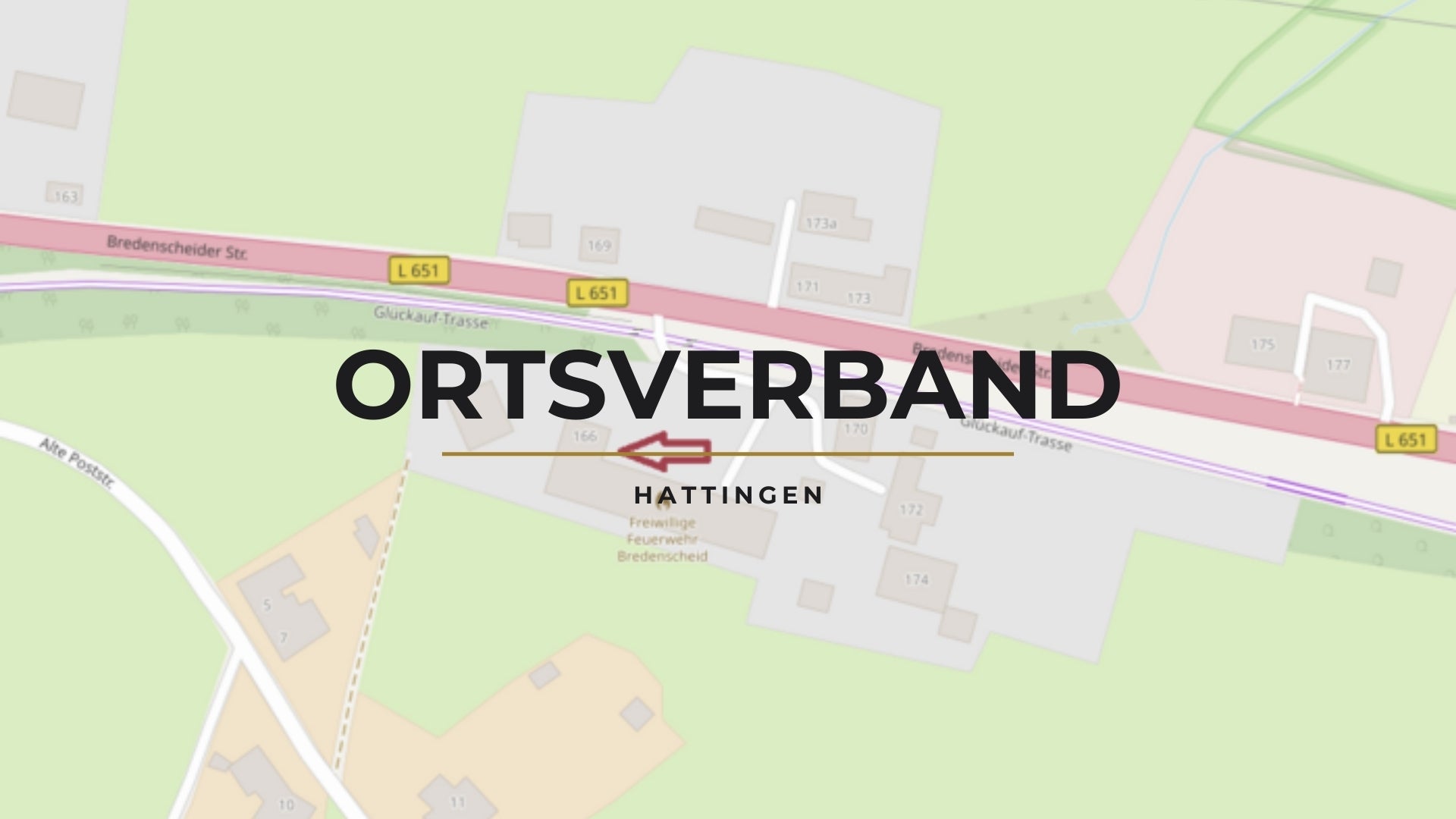

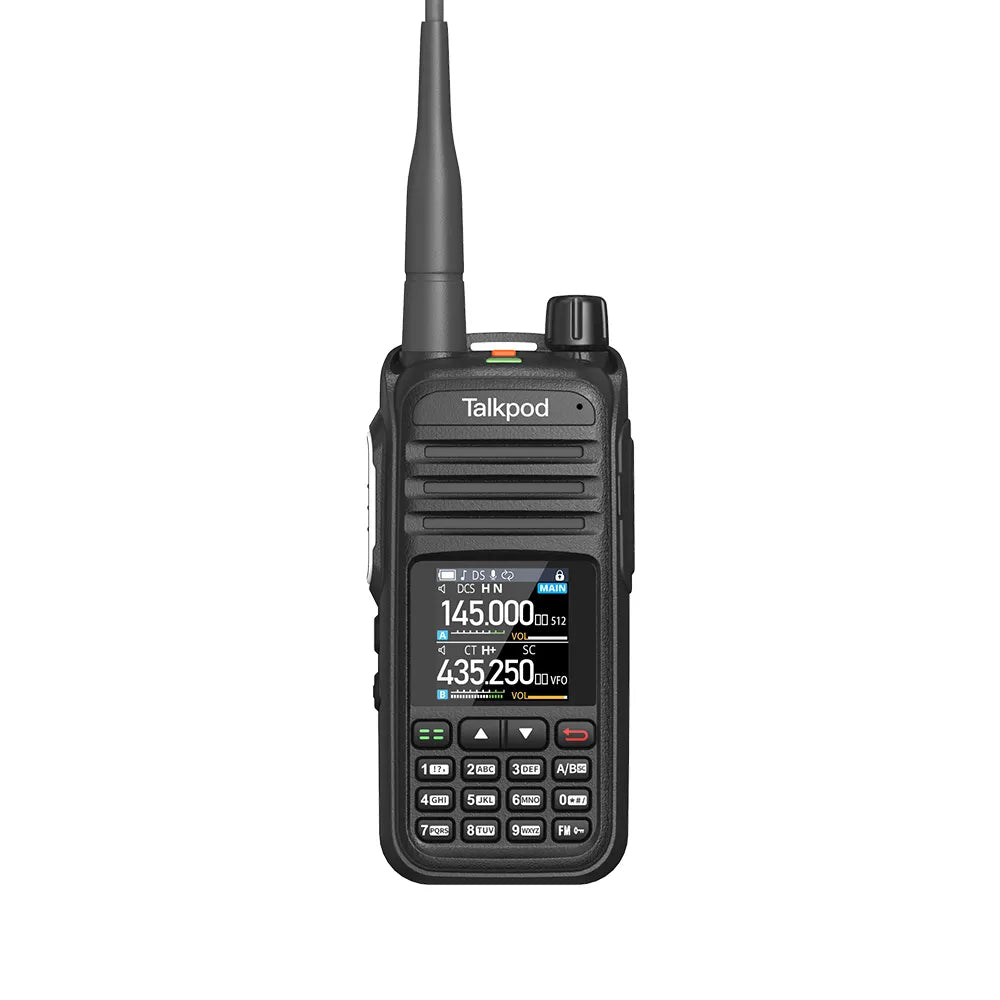
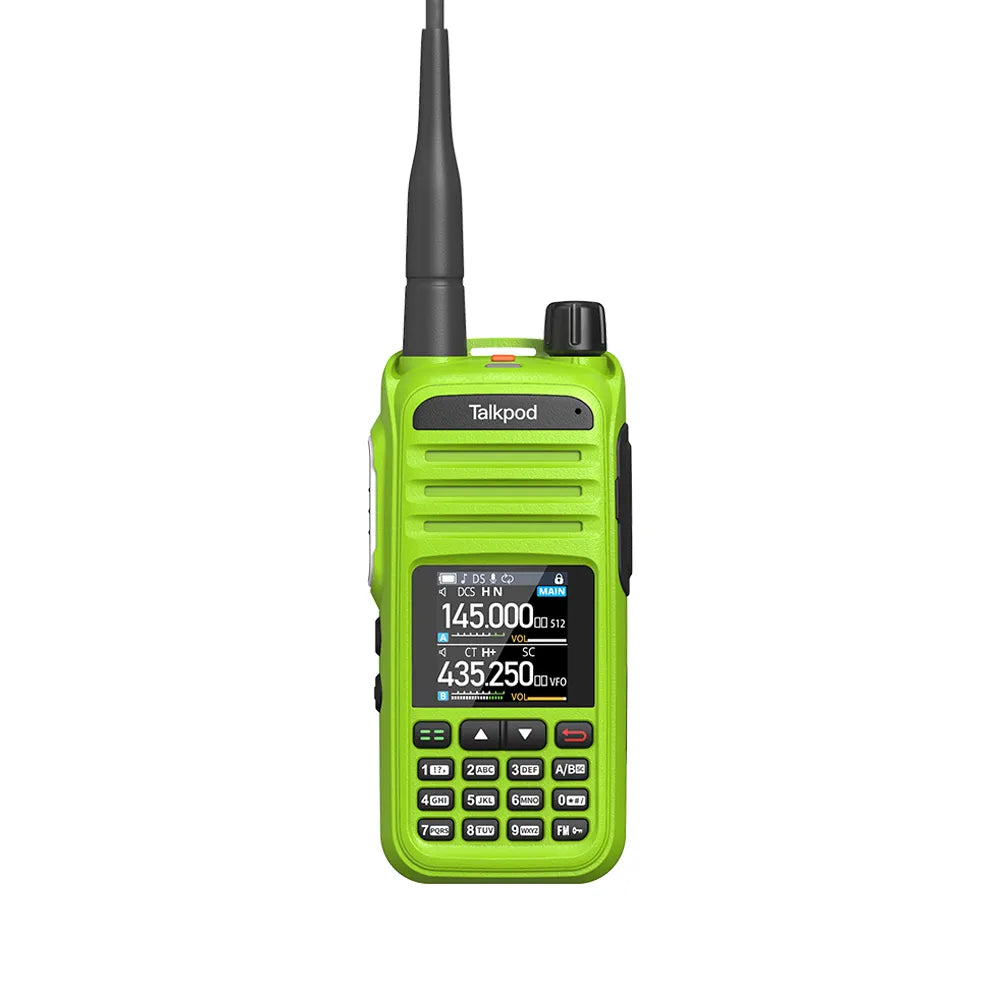
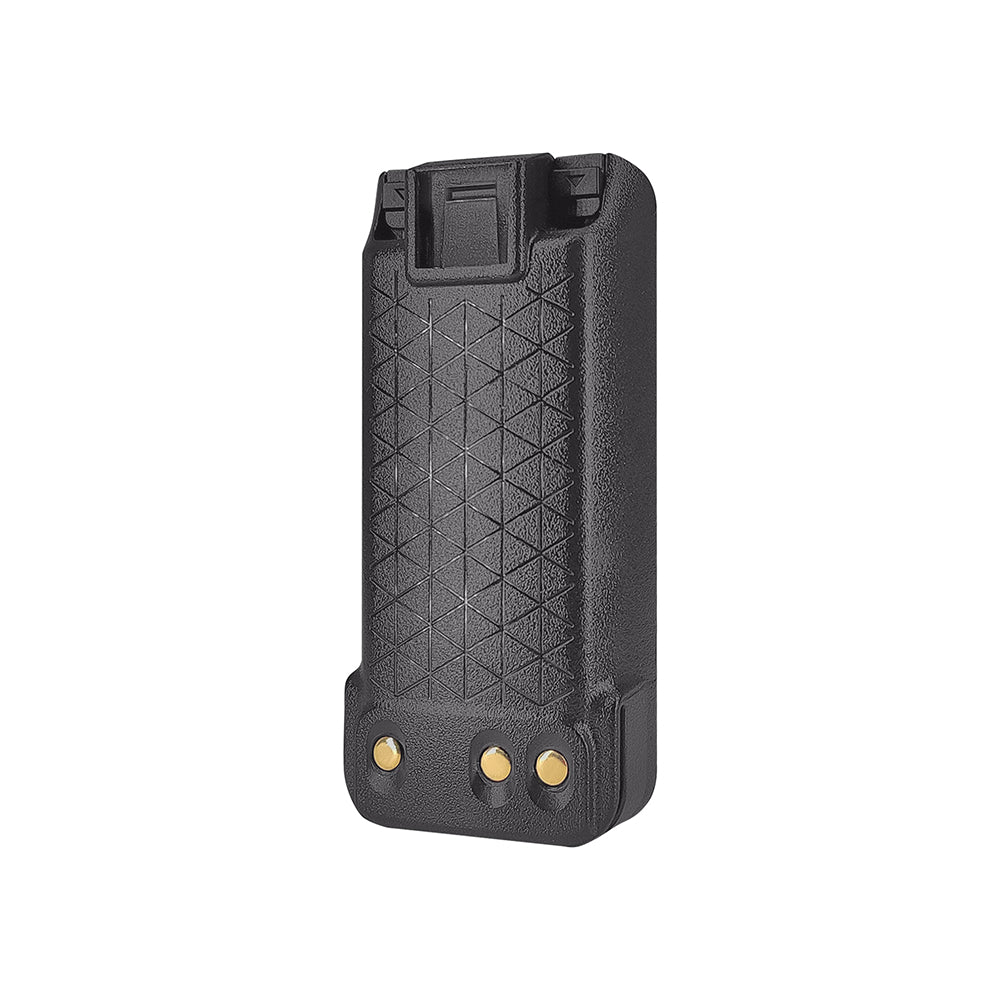
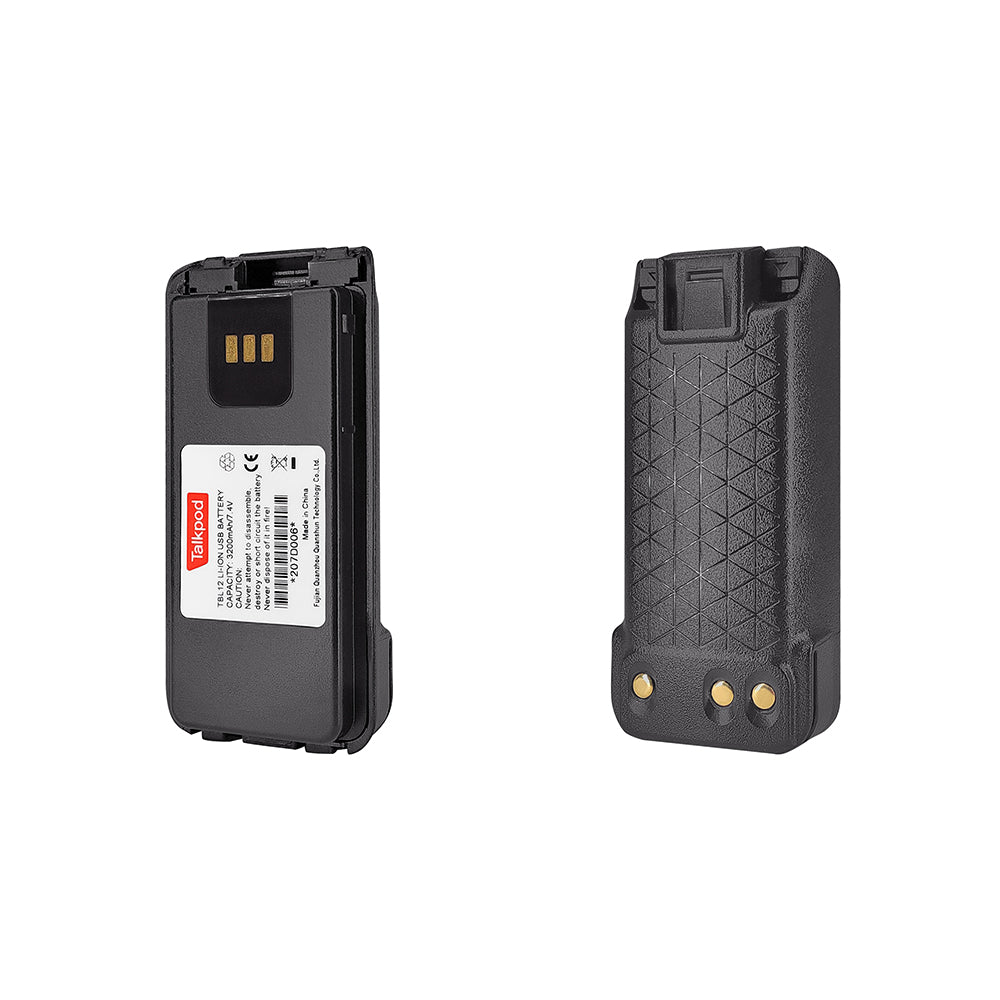
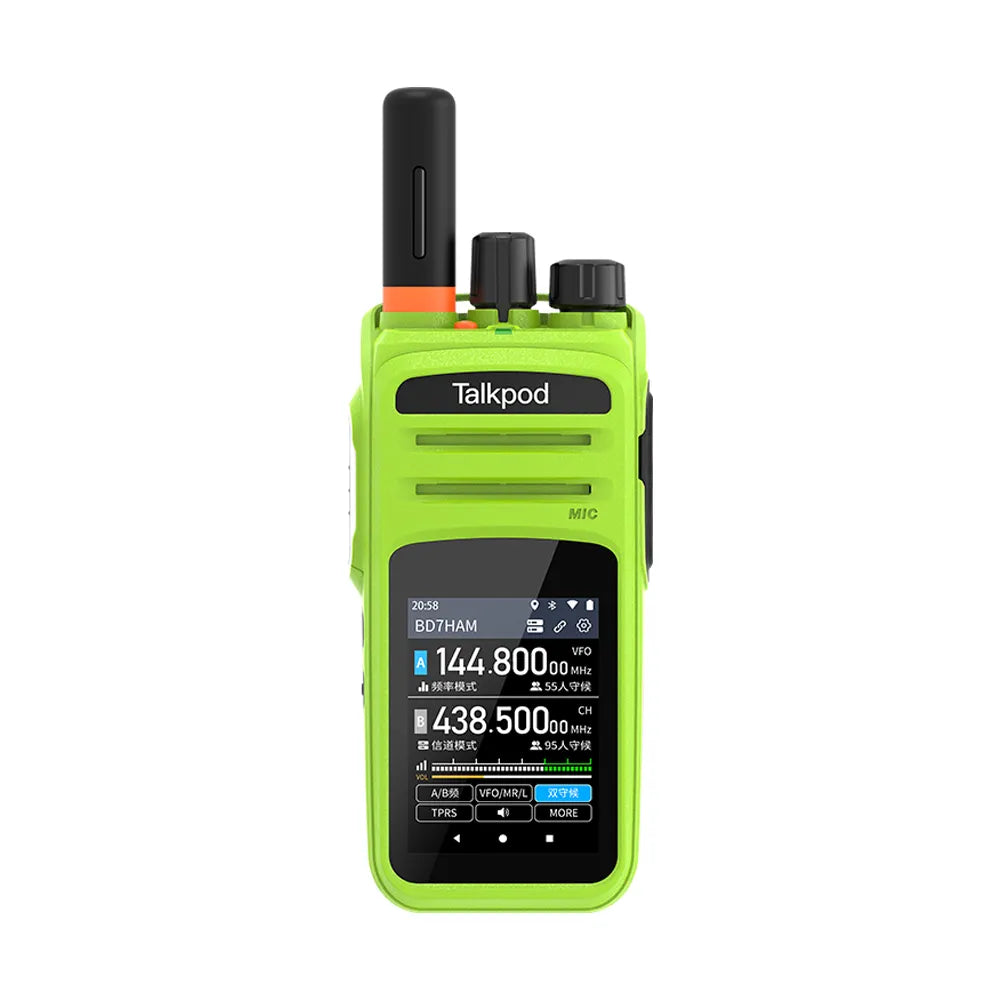
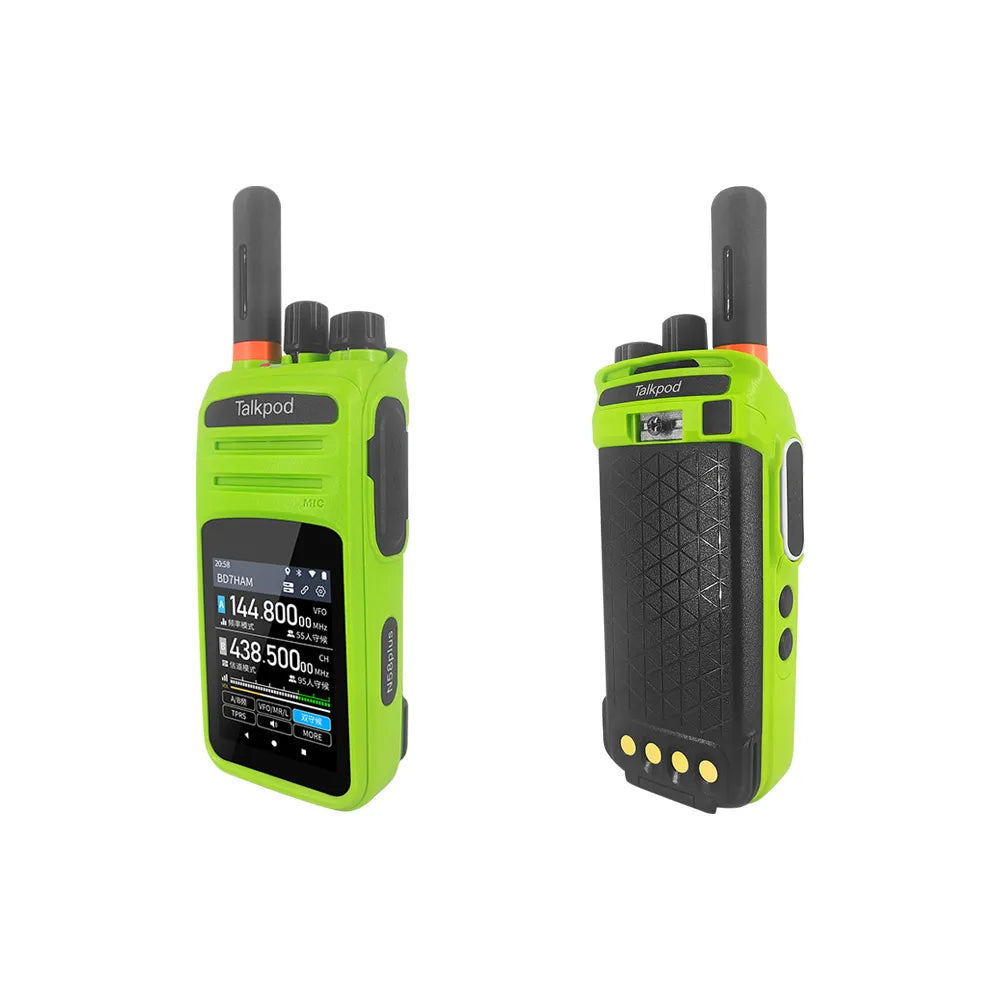


Leave a comment
All comments are moderated before being published.
This site is protected by hCaptcha and the hCaptcha Privacy Policy and Terms of Service apply.